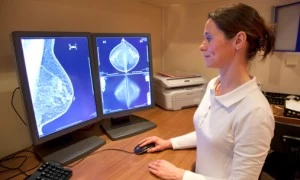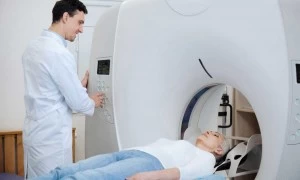
Detecting Aneurysms: The Importance of Early Diagnosis
What is an Aneurysm?
An aneurysm is a weakened area in the wall of a blood vessel that bulges out like a bubble. It can happen in any blood vessel, but when it occurs in the head, it can lead to a serious condition called a hemorrhagic stroke. This can cause brain damage or even be fatal.
Aneurysms are not uncommon, affecting about six percent of people in the United States, mostly between 40 and 60 years old. Each year, around 30,000 cases of aneurysm rupture, causing bleeding inside the brain. They are more common in women than in men, and some people can have multiple aneurysms. Risk factors for aneurysms include smoking and a family history of aneurysms.
Aneurysms are potentially life-threatening, and often go undetected until they rupture. However, advancements in medical imaging and diagnostic techniques have enabled healthcare professionals to identify aneurysms before they become critical. Understanding the signs and diagnostic procedures for aneurysms can help individuals seek timely medical attention and potentially prevent catastrophic consequences.
Aneurysm Symptoms
Although most aneurysms remain asymptomatic, larger aneurysms can manifest noticeable symptoms. These include vision changes, pain above and behind the eye, nerve paralysis, localized headaches, neck pain, nausea, and vomiting. Experiencing any of these symptoms should serve as a red flag and prompt individuals to consult a healthcare provider.
The Role of Medical Imaging
In recent years, an increasing number of aneurysms are being discovered before rupture due to the utilization of advanced imaging technologies. Physicians often employ computed tomography (CT) scans and magnetic resonance imaging (MRI) to evaluate patients presenting with symptoms associated with aneurysms. These imaging techniques provide valuable insights into the condition of blood vessels and help identify potential aneurysms.
The Gold Standard for Diagnosis
While CT and MRI scans can detect many aneurysms, a cerebral angiogram is often required for a definitive diagnosis and to determine the best course of treatment. A cerebral angiogram is an invasive procedure that begins with the insertion of a catheter, resembling a flexible tube, into the groin area. The catheter is then carefully threaded through the blood vessels, guiding it to the specific location of the aneurysm. To enhance visibility, a liquid dye or contrast agent is injected into the vessel, enabling the capture of highly detailed images. These images reveal crucial information about the aneurysm's location, size, and shape, aiding physicians in making informed decisions regarding the most appropriate treatment options for the patient.
Treatment and care
Precise information obtained from the cerebral angiogram plays a crucial role in determining the best treatment approach for each individual. Factors such as the aneurysm's size, location, and the patient's overall health are carefully considered. Treatment options may include surgical intervention or endovascular procedures, such as coiling or stenting, to prevent rupture and reduce the risk of future complications.
Early diagnosis of aneurysms is paramount for effective management and improved patient outcomes. Although many aneurysms go undetected until rupture, the recognition of symptoms and the use of advanced imaging techniques, such as CT scans and MRIs, have allowed for the detection of aneurysms before they become critical. When a definitive diagnosis is required, a cerebral angiogram provides detailed information to guide treatment decisions and ensure the best possible care for patients. By raising awareness about aneurysms and their diagnostic procedures, we can empower individuals to seek timely medical attention, potentially saving lives and preventing devastating consequences associated with aneurysms.













































































